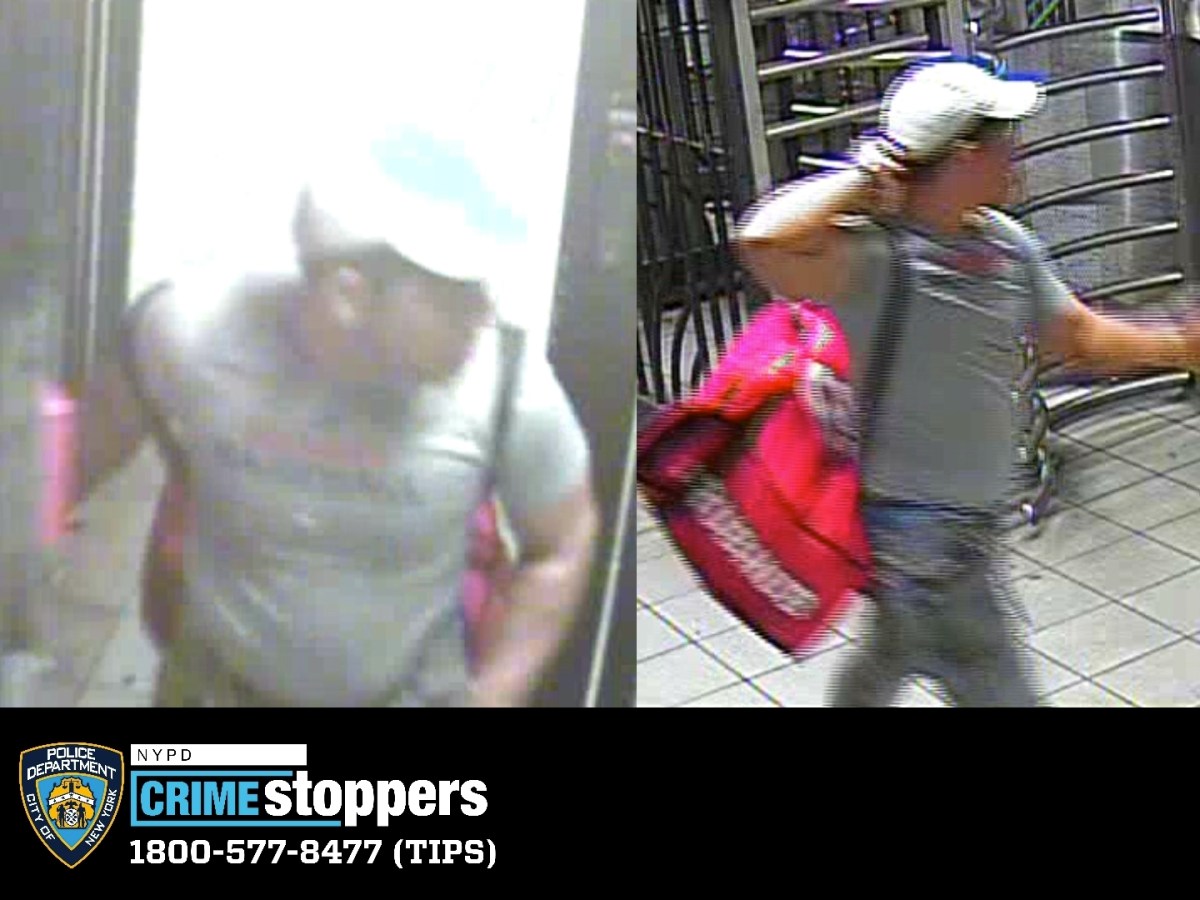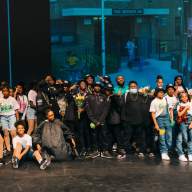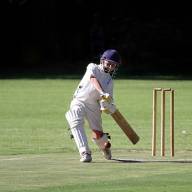By Helen Klein
The new face of kosher cooking shines smilingly out of a recent community cookbook, a winner in a nationwide competition devoted to such volumes. The cookbook produced by the Yeshivah of Flatbush snagged the title of best Mid-Atlantic regional cookbook in the 18th annual Tabasco Community Cookbook contest for 2007, whose purpose is to shine a spotlight on culinary traditions around the country. Entitled Taste: A Collection of Contemporary and Traditional Kosher Recipes (Yeshivah of Flatbush Ladies Auxiliary, $36.00), the volume features recipes from many corners of the world – from Eastern Europe to the Middle East, as well as Latin America and North America – brought to life by stirring text that sets the recipes in their historical context, and dazzling full-color photographs. So, on one page you have a recipe for Ceviche, a signature Mexican appetizer that sparkles with the tartness of lemon and the inimitable savor of cilantro; several pages later, there is a recipe from across the globe for Eggplant Relish, redolent with the flavors and fragrances of the Mediterranean – olive oil, pine nuts, tomatoes and basil, among them. Main courses are equally varied. An Old-Fashioned Chicken Stew combines traditional ingredients such as carrots, celery, onion and bay leaves for the sort of rib-sticking food that people traditionally associate with Jewish cuisine. But, Savory Latin Brisket provides a wholly new take on a customary Jewish foodstuff, with the brisket enhanced by jalapeno peppers, oregano and cilantro – a far cry indeed from Grandma’s brisket. The desserts are particularly tempting. Pistachio-Filled Cookies, Maamoul, evoke the gustatory delights of the Middle East, dusted in confectioner’s sugar and sweetened with rose water and orange blossom water. Banana Chocolate Chip Walnut Muffins, in contrast, are thoroughly American as is the Bread Pudding – quintessential comfort food – a couple of pages later. It is this sort of yin and yang that gives the cookbook a gracious balance; home cooks with a wide range of interests will find recipes in the book that pique their palates. What is especially noteworthy is the fact that the volume is chock-a-block with recipes that are worthwhile, their kosher pedigree aside. This is not simply a kosher cookbook; it is a cookbook whose recipes happen also to be kosher. For some of the dishes included, according to co-editor Michele Levy, no adjustments were necessary. In others, adapting technique and ingredients to a kosher kitchen has required some sleight of hand, a deftness that rather approximates a poet’s touch when the chosen form is a sonnet, rather than free verse. There are, for instance, two versions of flan, one with milk and another – utilizing soy milk – which is parve. “We have traditional recipes, then we have traditional recipes that have a twist to bring a modern flavor to it,” noted Levy. In particular, she said, traditional recipes were lightened up to make them more healthful. “Many old-fashioned recipes are filled with butter and oil. We tried to bring them into this century but keep the original flavor,” Levy explained. With all the adjusting that the cookbook committee did, however, there is still room for individual home cooks to make the recipes their own. While, Levy noted, dessert making is “more of an exact art,” she stressed that, “In general, you shouldn’t be afraid of tweaking the recipes to your liking. You shouldn’t be afraid to add a little more or less of something. You shouldn’t be afraid to take a recipe from another culture and change and adapt it so it reflects your culture. You can’t go too far off if you change it subtly so you have a comfort level with it.” Recipes were specifically chosen, Levy added, to reflect the diversity of the Yeshivah community. “We tried to have a good cross-section of the school’s parent body and faculty, so we also have a cross-section of the community,” she stressed. Also reflecting the cultural variations are the two-page introductions to various culinary traditions of the regions represented at the school. These, illustrated by evocative photographs of the regions, add another dimension to the volume which, Levy said, was a true labor of love that took three years and countless hours of effort to complete. “We wanted it to be historical and contemporary,” she explained. “We wanted it to be a lasting piece in the school archives. We wanted something to be proud of.” That they achieved their goal was attested by culinary historian Meryle Evans, one of the contest judges. Evans said that volumes selected as winners fulfill a wide range of requirements. “We check for many attributes, worthiness (for charitable purposes), originality, workability of recipes, overall look.” For every book under consideration, she said, several recipes are tested, “To see how they work.” Eventually, Evans said, the panel of judges reach consensus as to both national and regional winners “The books have gotten better and better over the years, which is very encouraging,” Evans added. The Yeshivah’s entry, she said, stood out because, “It’s a handsome book. It looks good. It feels good. They did a fabulous job with the photography. The recipes are excellent, both contemporary and old-fashioned. In addition, noted Evans, “It’s for an excellent charitable endeavor. An awful lot of people were involved in making the book. There were local sponsors, a lot of people testing recipes. It looks like a real community effort. Anyone could enjoy cooking from the book and reading the different stories which are well-written. It’s very personal, not slick but beautifully done which was why it was so highly regarded by the judges.” “The true meaning of community is defined within each of these unique cookbooks,” noted Paul McIlhenny, the president and CEO of McIlhenny Company, the producer of Tabasco of the bevy of winning volumes. The following recipe is reproduced from Taste. Rack of Lamb (3-pound) racks of lamb ? teaspoon paprika Salt and pepper, to taste 5 tablespoons olive oil 2 small zucchini, cut into rounds 2 cloves garlic, crushed 1 small onion, chopped 15 grape tomatoes, halved 10 ounces fresh mushrooms, chopped red potatoes, cubed 3 sprigs fresh rosemary Preheat oven to 425 degrees. Sprinkle lamb with paprika, salt and pepper. Heat oil in large frying pan and brown each rack of lamb for about four minutes per side. Remove lamb and place in roasting pan. In frying pan, using some oil sauté zucchini, garlic, onion, tomato, mushrooms and potato. Set aside. Roast lamb in oven for 15 minutes, adding more oil if necessary. Add salt to taste. Pour vegetables over lamb and add rosemary. Bake uncovered for 45 minutes. Serves 6-8 The cookbook is available in local bookstores.



























